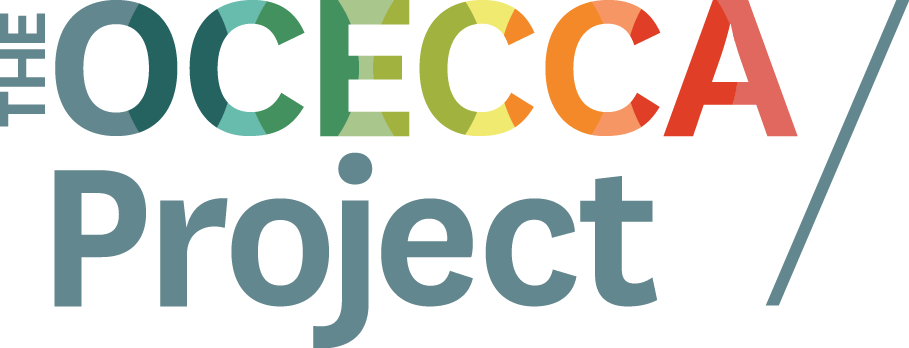At the heart of the OCECCA Project was an acknowledgement that IEHPs must possess an appropriate level of communication competency to successfully perform the technical duties required of them. Broadly put, communication competency in the health context is the ability of healthcare workers to practice safely, with integrity and professionalism, and be able to communicate across language, cultural, generational, and situational barriers. In order to demonstrate communication competency, healthcare professionals must be able to use language effectively and appropriately to deliver quality patient care in Ontario’s inter-professional, multicultural, and client-centered healthcare environment.
While we often think that “language” and “communication” are interchangeable, they in fact work together to help us master aspects of communication competency. In general, language refers to the grammar and the words of language (written or spoken) while communication includes not only the grammar and words of language but also non-verbal aspects (i.e., tone, mood, pragmatics, etc.) While some issues in workplace communication stem from language ability, others are related to knowledge about local practices, cultural awareness, and a clear understanding of the workplace requirements. Our interpretation of the various aspects of communication competency are depicted in the diagram to the right.
The diagram demonstrates the idea that individuals may be proficient in one area of communication competency (fundamental and advanced language knowledge and ability, for example) but this alone may not be sufficient for them to achieve professional success, which may require strong socio-cultural and pragmatic competence. Relatedly, different language assessments may test for certain competencies, but not for all of them. The importance of addressing all areas of communication competency should not be underestimated; research has found that immigrants with a greater number of communication competencies achieve greater professional success.

